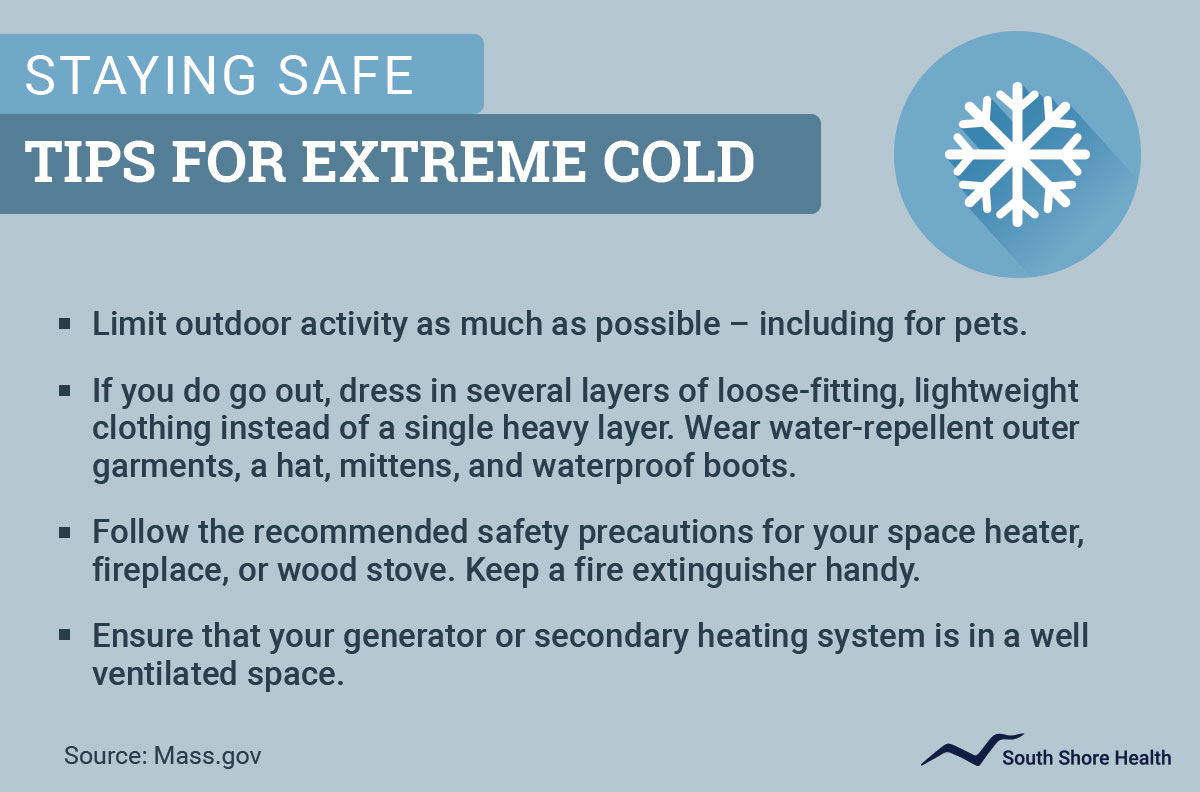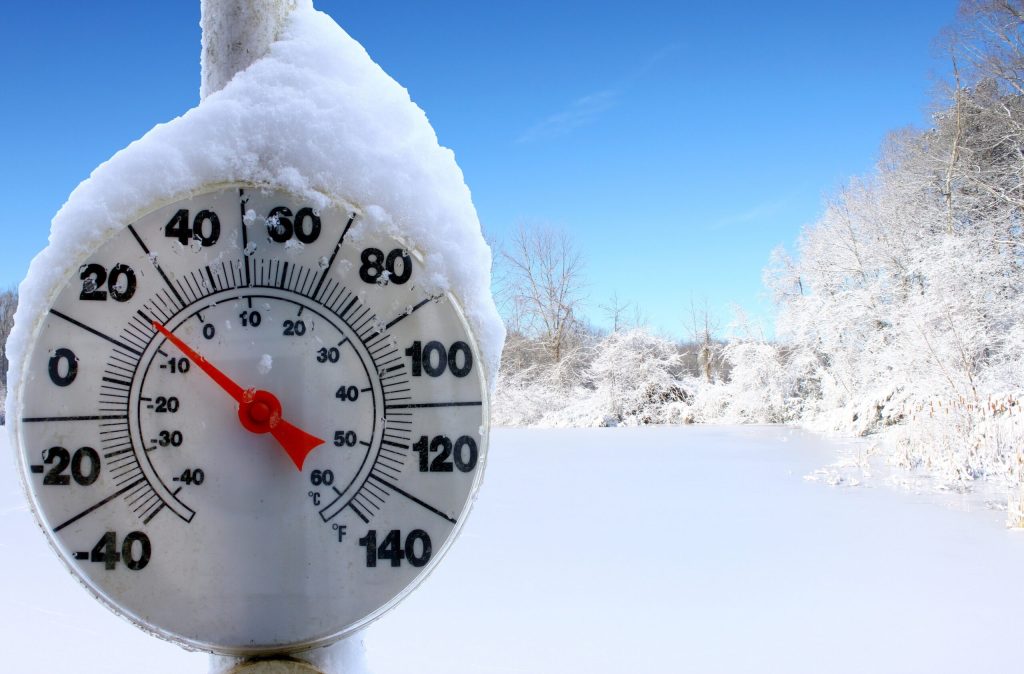

Dealing with extreme temperatures in the outdoors is crucial for anyone participating in outdoor activities. Imagine hiking in scorching summer heat or braving icy winter winds—both scenarios present significant risks to your health and safety. This article will delve into the essential considerations for staying safe and comfortable while enjoying the great outdoors, irrespective of the temperature. We will cover crucial strategies for dealing with both extreme heat and extreme cold, empowering you with the knowledge to protect yourself and enjoy outdoor adventures without compromising your well-being. This comprehensive guide will outline the crucial steps for staying safe during extreme weather. We will cover everything from selecting proper clothing to understanding and managing emergency situations.
Understanding the Risks of Extreme Temperatures
Recognizing the Dangers of Heat and Cold
Exposure to extreme temperatures can lead to serious health issues, such as heat stroke, heat exhaustion, hypothermia, and frostbite. Understanding these risks is the first step to safety in any outdoor activity. Heat exhaustion, characterized by weakness, dizziness, and nausea, can quickly escalate into the more dangerous heatstroke, a life-threatening condition requiring immediate medical attention. Likewise, exposure to severe cold can lead to hypothermia, a condition where the body loses heat faster than it can produce it. The effects can range from shivering to unconsciousness. Frostbite, another concern in extreme cold, results in tissue damage from freezing temperatures. Understanding the specific dangers associated with the temperatures you’re facing is critical for staying safe.
Planning for Heat
Preparing for Extreme Heat
Outdoor activities in extreme heat require careful planning to minimize the risk of heat-related illnesses. Choose cooler times of the day, particularly during peak sunlight hours, for your outings. Staying hydrated is paramount. Carry plenty of water and electrolyte solutions, and drink frequently, even if you don’t feel thirsty. The goal is to replace fluids lost through sweat, and hydration is critical. Wear appropriate clothing. Light-colored, loose-fitting fabrics are essential to allow for air circulation. Wide-brimmed hats and sunglasses provide valuable protection from the sun. Remember to take breaks in shaded areas, allowing your body to cool down. Monitor your body temperature and symptoms frequently. Awareness is key.
Planning for Cold
Preparing for Extreme Cold
Preparing for extreme cold involves a similar, but opposite, approach to heat. Selecting appropriate gear is crucial. High-quality insulating layers are essential to retain body heat, and waterproof outer layers are equally important to prevent moisture from penetrating. Consider layers of fleece or wool as well as waterproof materials such as Gore-Tex. Appropriate footwear is necessary to prevent frostbite and maintain warmth in the extremities. This includes waterproof, insulated boots designed to keep your feet warm and dry. Ensuring you are appropriately dressed for all possible weather conditions is vital to your safety in extreme cold.
Emergency Preparedness
First Aid and Communication
Carrying a well-stocked first-aid kit is essential for any outdoor excursion. Include bandages, antiseptic wipes, pain relievers, blister treatment, and any prescribed medications. A comprehensive emergency kit should also include a communication device, like a satellite phone or a personal locator beacon (PLB). In remote areas, these are critical for reaching help in case of emergencies. Understanding how to use these tools before you need them can be invaluable. Additionally, notify someone of your itinerary and estimated return time to ensure that help can reach you promptly if necessary.
Monitoring Your Body
Recognizing the Signs of Distress
It’s essential to be aware of your body’s signals during outdoor activities. Pay close attention to fatigue, nausea, dizziness, or chills, as these could indicate a developing condition that requires immediate attention. Symptoms like rapid heartbeat, difficulty breathing, or intense pain are also warning signs, requiring immediate action. If you experience any of these symptoms, take shelter and seek medical assistance promptly. Knowing how to identify and respond to the signs and symptoms is vital to safeguarding your well-being.
Choosing the Right Gear
Essential Gear for Outdoor Activities
Investing in high-quality gear is an investment in your safety and comfort. Proper clothing, footwear, and protective gear play a pivotal role in handling extreme weather conditions. For example, a well-insulated jacket is not only practical but essential to preventing hypothermia. Quality materials, insulation, and waterproof features are vital factors to consider. Check reviews and recommendations from other outdoor enthusiasts and consider your specific needs and activity type when making purchases.
Staying Informed
Weather Forecasts and Conditions
Staying informed about the latest weather forecasts is critical for outdoor activities. Check weather reports regularly before and during your trip, and be prepared to adjust your plans if necessary. Be mindful of sudden changes in conditions, and adjust your clothing or activities accordingly. Understanding the prevailing weather and the risk of extreme temperature swings is necessary to avoid potential dangers.
Practicing Prevention
Hydration and Nutrition
Proper hydration and nutrition are integral to your well-being during outdoor activities, especially in extreme temperatures. Carry plenty of water, and replenish electrolytes and nutrients to maintain energy levels. Nutrition is as crucial as hydration to sustain energy, focus and overall well-being.
Personal Limits
Respecting Your Body’s Limits
Never push yourself beyond your physical limits, especially during extreme weather conditions. Listen to your body’s signals, and take breaks when needed. Recognizing your individual tolerance levels and pacing yourself are paramount. Don’t hesitate to turn back if conditions seem unsafe or your body signals exhaustion or stress.
Frequently Asked Questions
What is the most important piece of gear for extreme weather conditions?
While many items are crucial, a high-quality, insulated and waterproof jacket is paramount. This provides both warmth in cold temperatures and protection from rain or snow in extreme weather situations. A good hat is also vital for protecting your head against the elements. Don’t forget appropriate footwear suitable for both heat and cold, too.
How do I prevent heat exhaustion while hiking during summer?
Hydration is key. Carry plenty of water and frequently replenish your fluids. Wear light-colored clothing to reflect sunlight and limit sun exposure. Schedule hikes for cooler parts of the day, especially during peak sunlight hours. Taking breaks in shaded areas and listening to your body are vital, too. If you feel dizzy, nauseous, or any other symptoms of heat exhaustion or heatstroke, seek immediate medical assistance.
In conclusion, dealing with extreme temperatures outdoors requires meticulous preparation, understanding of your limits, and a safety-first approach. By following the guidelines outlined in this article, you can significantly enhance your chances of staying safe and enjoying outdoor activities in any weather. Never underestimate the power of the elements and always prioritize your well-being. For a more in-depth understanding of specific gear and safety protocols, consult reputable resources like the American Hiking Society. Plan your next outdoor adventure with confidence and awareness, and stay safe outdoors.